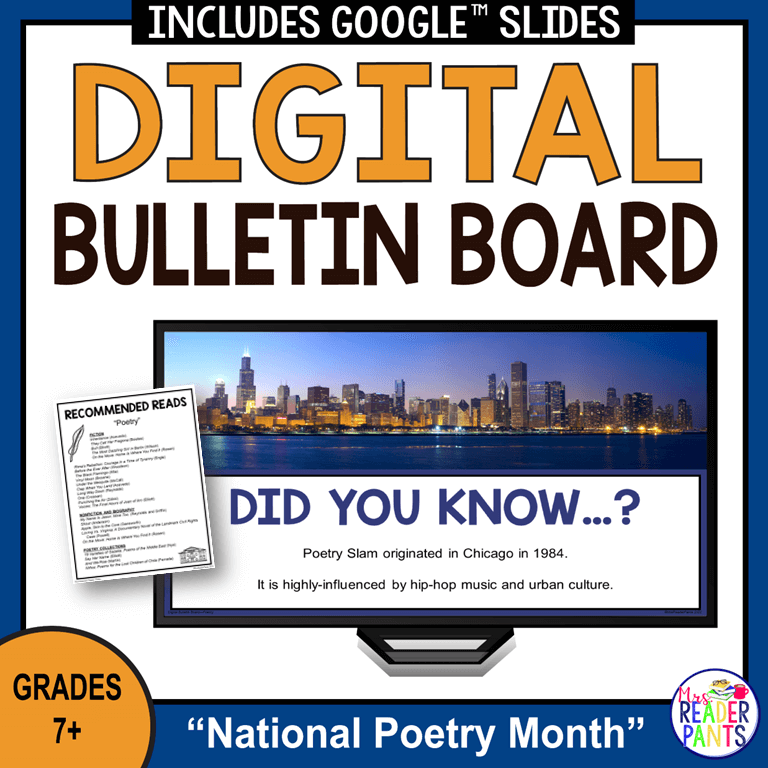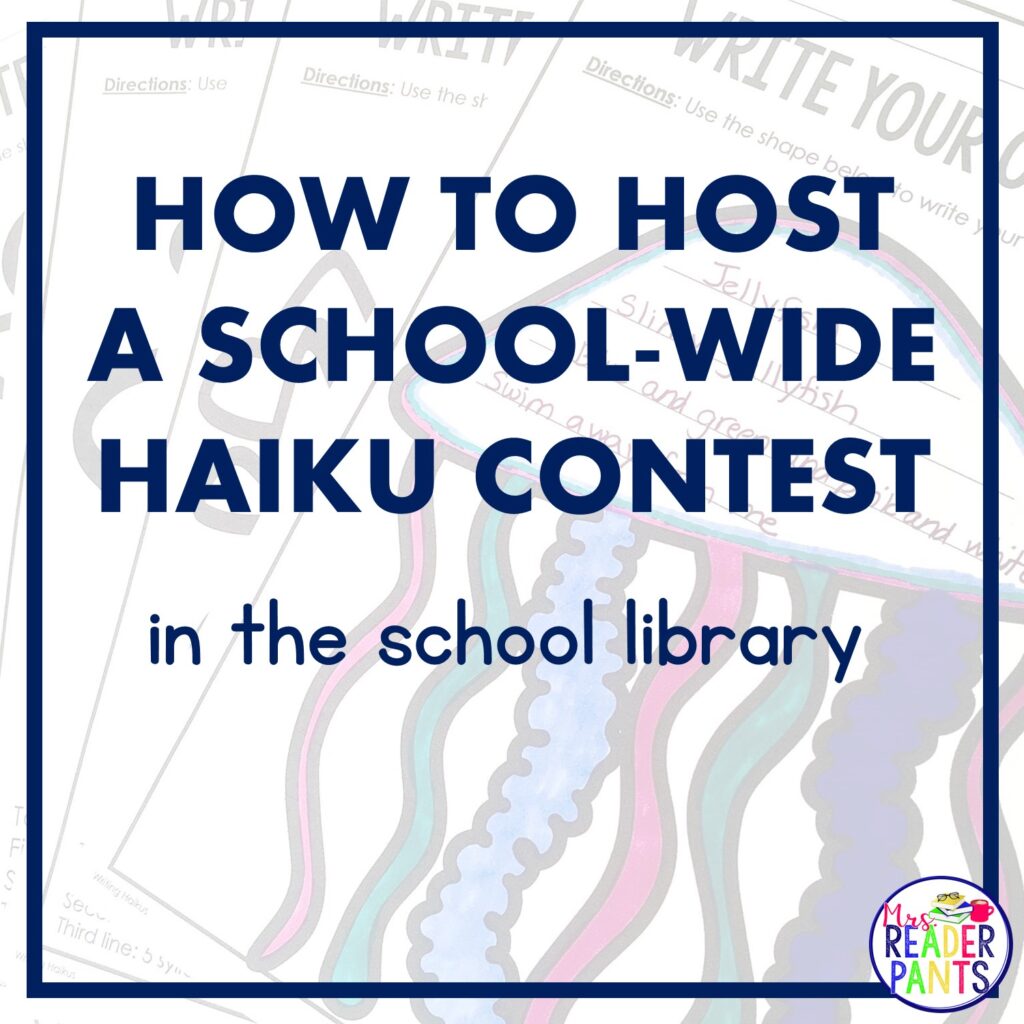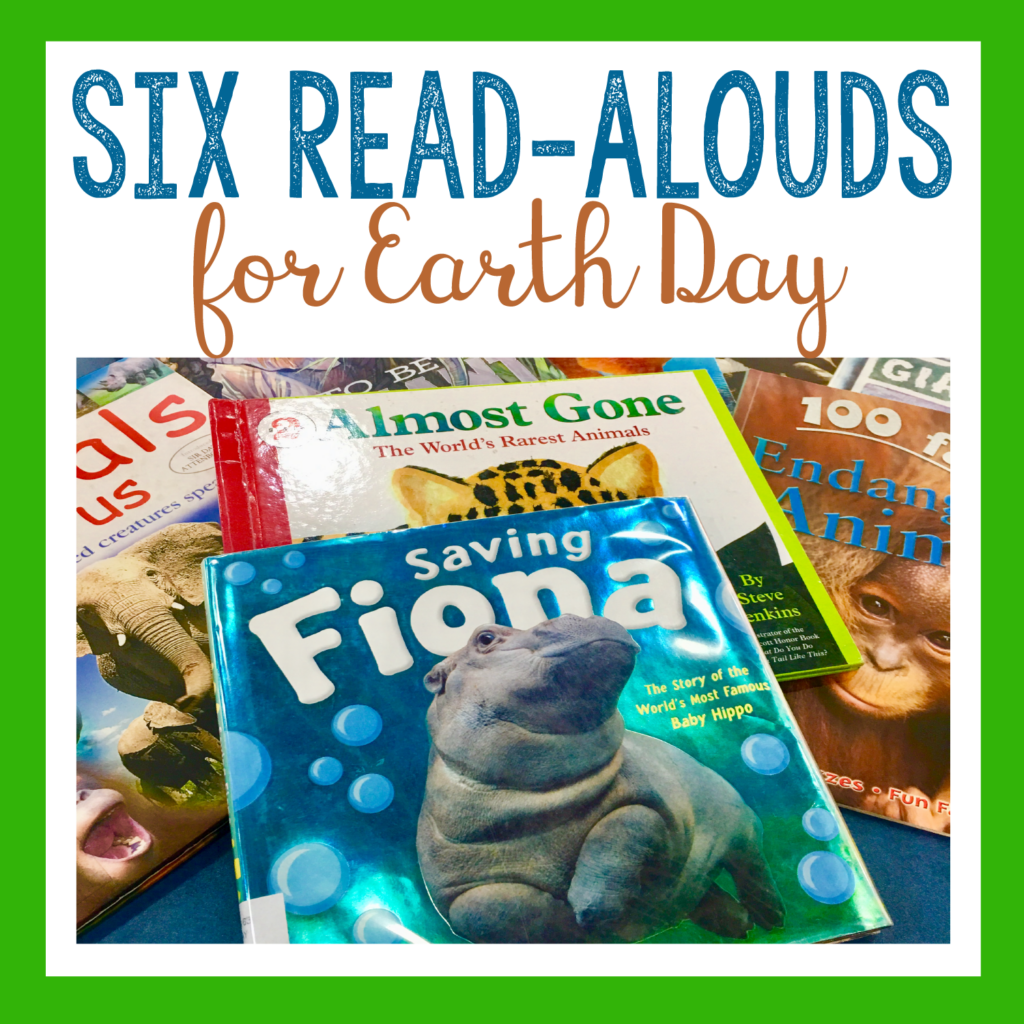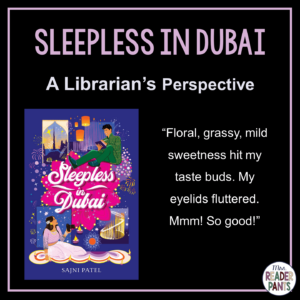I saw on the news the other day how our nation’s SAT scores have declined significantly in the past few years. According to The Washington Post’s Valerie Strauss “critical reading scores are the lowest in 40 years” (“What the Decline in SAT Scores Really Means“).
Most parents and teachers will say that children just don’t spend enough time reading, and I would certainly agree. Too many distractions from TV, computer games, and smartphones take a huge part of the blame. However, I propose that well-meaning parents and teachers are also part of the problem. As a middle school librarian, I see students who love reading and students who are 100% resistant to it. So what is the difference? Why do some children and teens read constantly, while others scoff at the prospect of reading even the shortest assignment?
I have seen many well-meaning parents and teachers get it wrong by placing too many restrictions on a child’s reading or unintentionally throwing obstacles in their way. Believe it or not, many children and teens WANT to read; they just don’t always want to read what the adults in their lives deem worthy. I cringe when I hear a mother tell her child “that book is too hard for you” or a librarian tell a child that “kindergarteners can only check out from these shelves” or a teacher tell a child that “books on playaway aren’t real reading.” Enough already!
Schools and parents who want better readers need to loosen up and allow children and teens to take charge of their own reading. And it begins here, with A Child’s Library Bill of Rights.
Nothing will do more to increase interest in reading than allowing children and teens to choose their own books. Think about it: Adults, would YOU want to read something just because someone else thought it was good for you? What if it were something you weren’t interested in? What if it were too hard or too easy for you?
2. “Let me check out books outside my reading level.”
The same can be said for our students, and the color-coding of books by reading level is a huge pet peeve of mine. Many schools color-code their books with reading level stickers, and in many of those schools, teachers and/or librarians require their students to check out a book within their reading level range. This can be very embarrassing for a student reading on a lower level than the rest of his peers.
Consider this scenario (one that I’ve seen played out too many times in my own libraries):
Jack is in fourth grade, but he reads on a first-grade level. Because of the tell-tale sticker on the spine of his library book, everyone in the class can clearly see that Jack is on the red level. They all know that Jack can’t read very well because there are signs all over the library that explain the reading level associated with each color. This is embarrassing for Jack. He just really wants to check out a snake book, but the school only has one red-level book about snakes, which Jack has already checked out three times this year. His teacher told him that he needs to get something new and not to check out the snake book again. So today, Jack will have to settle for the book about plants. Bummer.
Why would Jack want to check out anything at all? Is it any wonder that Jack is starting to dislike reading? Even if Jack can’t read all the words in the more difficult snake book, he is going to be more likely to really try to read some of the words because he is interested in it. Why can’t his parents, teacher, siblings, or friends help him decipher some common words in the snake book so he can read it on his own. Even if he only looks at the pictures, Jack is learning that he enjoys reading. He is reading a controlled-vocabulary textbook in his class; he should be allowed to read whatever interests him in the library.
Few would argue that today’s children and teens are overscheduled. They have homework, after-school sports, band, choir, the school play, chores, and low-paying jobs. It’s no wonder to me that some of them just want to come home and veg out in front of the TV. Their minds and bodies are simply pooped.
Anyone can learn to unwind with reading. It may need to start as something very simple, like a magazine or graphic novel, and maybe for only 10 minutes at a time, but learning to unwind with a book is a great way to shake off the day. Parents may want to set a quiet time in the house or make a rule that everything with a plug gets turned off at a certain hour.
Please, please do not tell your child that they can’t watch TV or play games and that all they can do is read. This causes some children and teens to associate reading with being in trouble, something undesirable and to be avoided.
7. “Allow me to read audiobooks.”
Oh, this one makes me so sad. To hear a teacher tell a student he can’t listen to audiobooks during class reading time just makes me cringe. It IS real reading, especially when the student follows along with the book. Audiobooks are especially vital to struggling readers and English language learners. Listening and following along with a story is how children learn to read in the first place. The more they are read to, the better their reading skills as they grow older. Even some of my really good readers at school like to listen to audiobooks.
9. “Don’t criticize what I’m reading.”
I must first preface this story by saying how thankful I am that my mother never prohibited me from any reading. I read Stephen King in sixth grade, The Scarlet Letter in seventh grade, and plenty of smutty Harlequins hiding in the local bookstore with my best friend Liza. All that “questionable” reading, but I turned out just fine for it. I don’t suppose my brain is warped too badly.
But for all the good my mom did to nurture my love for reading, she once made a comment that I should not be reading V.C. Andrews’s Flowers in the Attic. Apparently, someone somewhere told her it was about (whispery voice) incest. Thankfully, she didn’t make me stop reading it (like that would have worked anyway), but I have never forgotten that conversation. The fact was, my mom hadn’t read the book. Yes, incest was a part of the story, but it wasn’t a big part of the story until much later in the series. Even later in the series, I wouldn’t have really thought much of it without her whispery voice saying incest. Her passing judgment on the book made me feel like I was doing something wrong. I loved this series. Flowers in the Attic was one of the first books I can remember reading where I practically inhaled every page. If she felt the book was bad or wrong, then was my loving the series and the characters also wrong?















